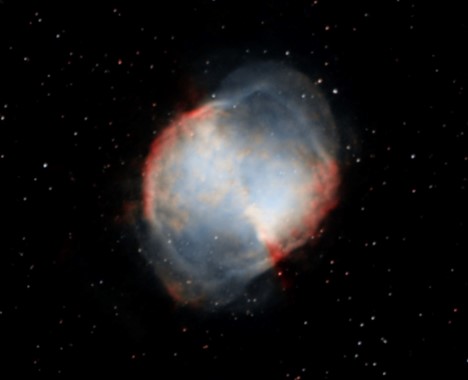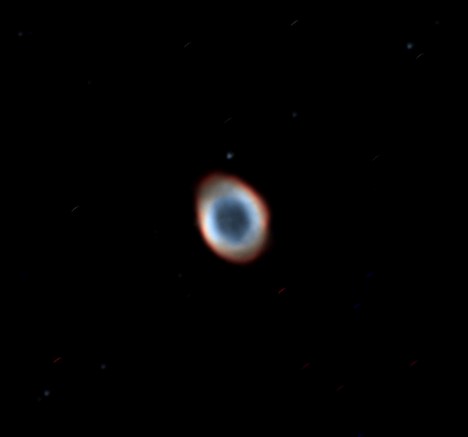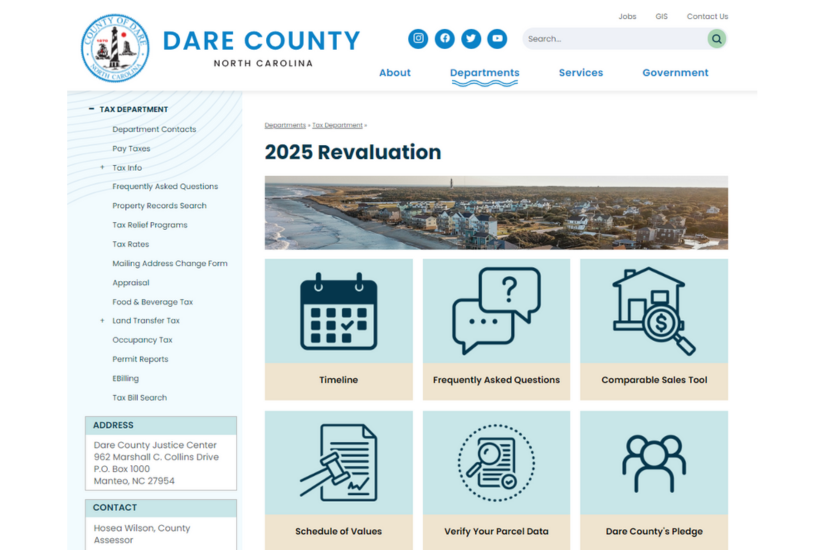Night Sky: The Perseid meteor shower and more highlights for August
Two Planetary Nebula
A planetary nebula (PN) is a type of emission nebula consisting of an expanding, glowing shell of ionized gas ejected from red giant stars late in their lives.

This is M27, the Dumbbell Nebula. It was discovered by Charles Messier in 1764. It is the first “Planetary Nebula” ever discovered. But Messier never referred to it as a PN. The term was created about 20 years later by William Herschel, who felt M27 resembled the planet Uranus, (which Herschel had just discovered.)
M27 has a visual magnitude of +7.1. It’s about 1400 light years (ly) away from us. You can view it through binoculars or a telescope.

This is M57, the Ring Nebula. It was discovered by Antoine Darquier de Pellepoix in 1779. He described it as “a fading planet.” Charles Messier also discovered M57 in 1779. He was unaware of Pellepoix’s discovery and added it to his famous Messier list of objects you shouldn’t mistake for comets, the Messier Catalog.
M57 is a second example of a Planetary Nebula, but the man who coined the phrase never applied it to this Nebula. Instead, William Herschel called M57 a “curiosity of heavens” and “a perforated nebula.”
M57 is also 1400 ly away, but its visual magnitude is only +8.8, making it difficult to see without very powerful binoculars or a telescope.
What you can look for in August’s Night Skies
The Perseids meteor shower began in July, but it peaks in August. This is the best meteor shower of the summer. Even though it peaks on August 13, you have a chance to see shooting stars throughout the month. So. wait for a clear, dark night and then look to the northeast skies (starting about 10 p.m.) The Perseids never set, but they can be hard to see when the center of activity is just above the horizon. The best viewing will be around 4 a.m. when the center of activity will be about 36° above the NE horizon.
All of the planets can be viewed during August. Late-night skies feature Saturn, Jupiter, Uranus, and Neptune. Remember, Saturn and Jupiter can all be viewed with the naked eye, (if the skies are clear), but you’ll need a good pair of binoculars or a telescope to see Uranus and Neptune. Look for Venus, Mercury, and Mars near the western horizon right after sundown. Venus will be about 6° above the western horizon, Mercury will be about 16°, and Mars will be about 20°.
Moon Phases:
Full Moon is August 1
Last Quarter is August 8
New Moon is August 16
1st Quarter is August 24













